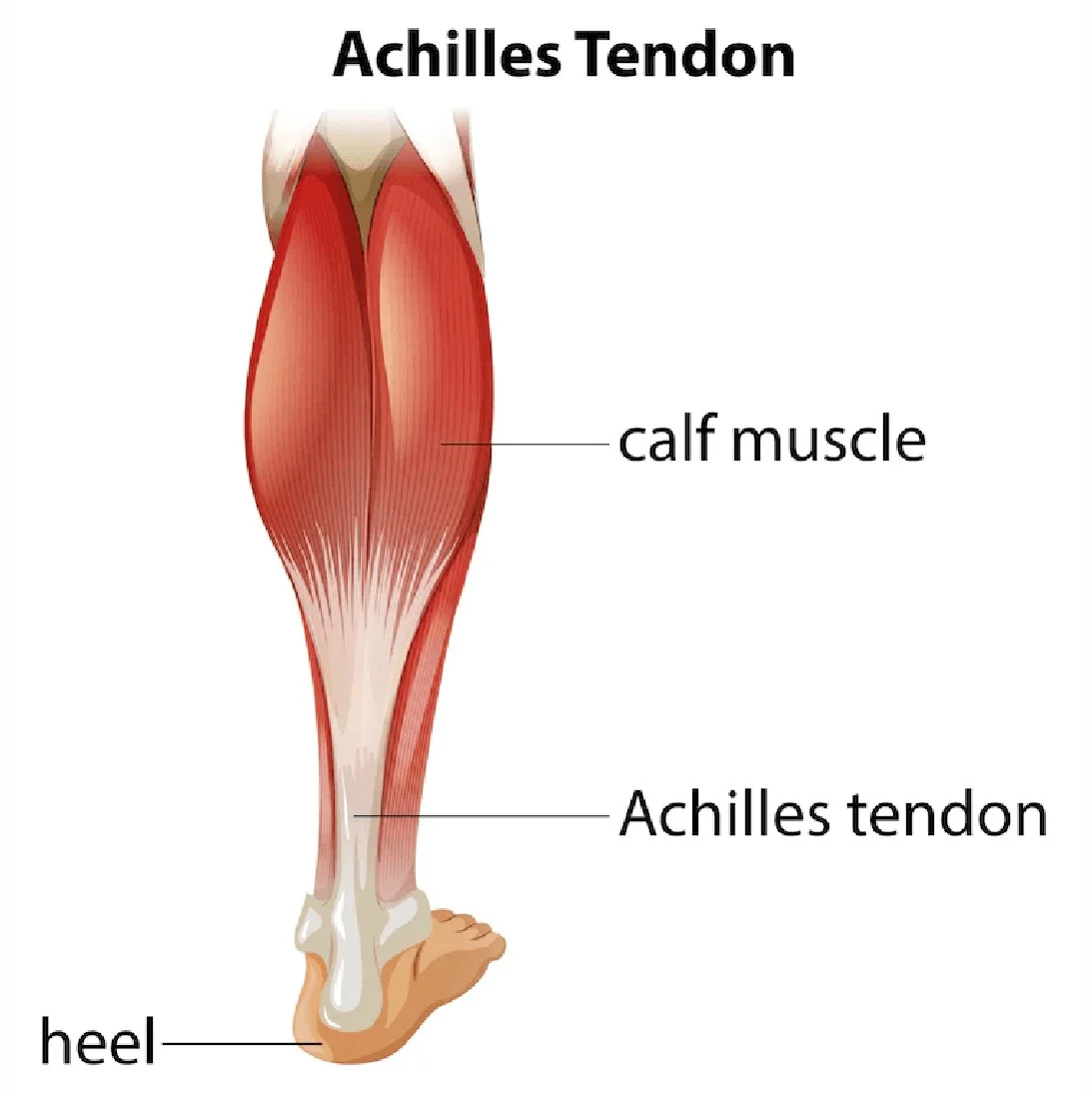
Department of Physiotherapy and Rehabilitation
Welcome To Gangasheel Hospital
What is Achilles Tendonitis ?
Achilles tendonitis is an overuse injury to the Achilles tendon (uh-KILL-eez), the band of tissue that connects the calf muscle at the back of the lower leg to the heel bone.
Achilles tendonitis is most commonly seen in runners who suddenly increase the intensity or duration of their runs. It is also common in middle-aged people who only play sports such as tennis or basketball on weekends.
Most cases of Achilles tendonitis can be treated with relatively simple care at home under medical supervision. Self-care strategies are usually required to prevent episodes from recurring. More serious cases of Achilles tendonitis can lead to tendon tears (ruptures) that may require surgical repair.
- Pain associated with Achilles tendonitis usually begins as mild pain in the back of the leg or above the heel after running or other sports activities. , the pain may increase.
- Tenderness and stiffness, especially in the morning, usually improve with light activity.
- Achilles tendonitis is caused by repeated or severe strain on the Achilles tendon, the band of tissue that connects the calf muscle to the heel bone. This tendon is used when walking, running, jumping, and pushing up with your toes.
- As the Achilles tendon ages, its structure weakens and can become more susceptible to injury. This is especially true for someone who only exercises on weekends or who has suddenly increased the intensity of his running routine.
Achilles tendinitis cannot be prevented, but there are steps you can take to reduce your risk.
Gradually increase your activity level
If you are just starting an exercise program, start slowly and gradually increase the duration and intensity of your exercise.
Calm down
Avoid activities that put undue stress on tendons, such as: B.
Mountain running
When exercising vigorously, first warm up by exercising at a slow pace. If you feel pain during a particular exercise, stop and rest.
Choose your shoes carefully
The shoes you wear during exercise should have enough cushioning in the heel and good arch support to relieve strain on the Achilles tendon. Replace worn out shoes. If your shoes are in good shape but they don't support your feet, try arch support on both shoes.
Stretch every day
Take time before and after your workout in the morning to stretch your calf muscles and Achilles tendon and maintain flexibility. This is especially important to prevent recurrence of Achilles tendonitis.
Strengthens calf muscles
Strong calf muscles allow your calves and Achilles tendon to better handle stress from activity and exercise.
There are several ways to treat Achilles tendon pain. This includes changes in activity levels, physical therapy sessions, medications, and surgery.
Self Care
Self Care Strategies can be used to treat Achilles Tendonitis. It also helps in immediate treatment of a possible Achilles tendon rupture.
Reduce Activity or Rest
If you are diagnosed with Achilles tendonitis, you do not have to stop all activity. However, you will need to make changes depending on your muscle soreness. Be sure to stretch your calves after your workout when your muscles and tendons are still warm and flexible.
However, bed rest is not mandatory in the initial treatment of an Achilles tendon rupture. Activities should be suspended until further instructions are received from your healthcare provider or orthopedic surgeon.
Ice
If you have Achilles tendinitis, ice should be applied when the pain starts. Also consider icing the tendon after exercise.
If you suspect an Achilles tendon tear, always apply ice to the affected area. Do not put weight on your leg and keep it elevated on your way to the emergency room.
